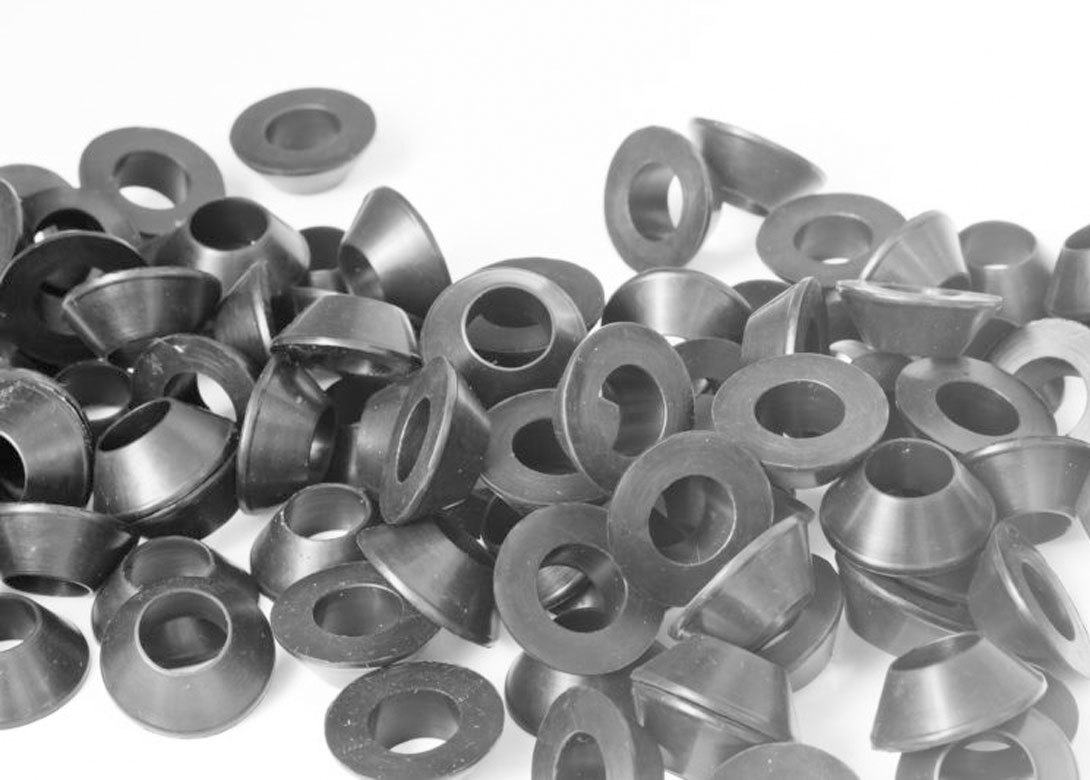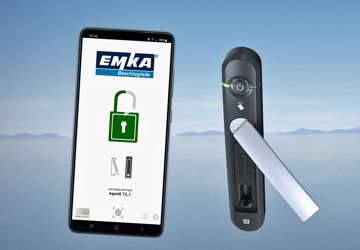

Elastomers are the key to providing effective sealing solutions for applications in outdoor, marine, medical and any environment where sealing stuff in, or sealing stuff out, is imperative. Elastomers are versatile materials typically composed of polymers, and manufacturers prize them for their ability to bend and stretch in a variety of ways before returning to their original shape.
However, not all elastomers are the same. Elastomers can incorporate a wide range of designs and materials depending on the needs of their intended application. More than 20 different types of standard elastomers exist, and each possesses unique functions in both process equipment and finished products.
Different elastomer formulations affect the physical properties, functions, and service life of components and systems. This is why it’s essential to test a few different elastomers to determine the best one for your needs. In this post, APM Hexseal outlines ways to evaluate elastomers for their capacity to perform well in specific applications, and also describes some of the best uses of each different type of elastomer.
When you’re trying to determine the best kind of elastomer to use for sealing or fastening applications, keep the following few questions in mind:
- Where and how will the sealing boots or fasteners be used? Applications that use elastomers can appear in many different environments, such as: Outdoor, marine, industrial/manufacturing environments, drilling and downhole, food and beverage (some elastomers have FDA approval; others don’t), aerospace, construction, and medical.
- What kind of contaminants will the sealing boots or fasteners come into contact with? Different elastomers hold up better against specific environmental conditions or contaminants.
- Will the sealing boots or fasteners experience extreme temperatures or wide temperature fluctuations?
- Will the elastomer be exposed to sharp objects or coarse surfaces or need to withstand a high number of actuations or repeated human contact?
- What is your budget compared with the cost of failure?
Additional elastomer properties to consider
Even though many differences exist between the types of elastomers on the market, they all bring unique advantages to injection moulding processes and products. The injection moulding process forces rubber compounds into a mould using high pressure. Elastomers perform well in this type of environment because they’re made of similar materials as those used in injection moulding.
Compression moulding is another area that benefits from the use of elastomers. The compression moulding process takes high-viscosity compounds and processes them into a pre-form. It then compresses the pre-form into a mould before curing it.
Elastomers work well in a variety of hostile environments, such as extreme temperatures, corrosive oils and chemicals, food and beverage applications, road salt distribution, water, and extreme weather.
“Building quality sealing boots or fasteners involves accounting for many variables. Fortunately, APM Hexseal brings years of experience to the elastomer design process, helping customers across the globe find ways to get the most from their elastomer options,” comments APM Hexseal.

Having spent a decade in the fastener industry experiencing every facet – from steel mills, fastener manufacturers, wholesalers, distributors, as well as machinery builders and plating + coating companies, Claire has developed an in-depth knowledge of all things fasteners.
Alongside visiting numerous companies, exhibitions and conferences around the world, Claire has also interviewed high profile figures – focusing on key topics impacting the sector and making sure readers stay up to date with the latest developments within the industry.





